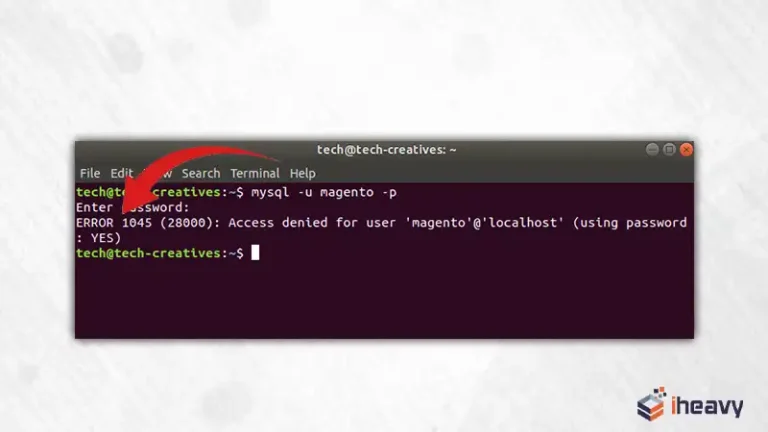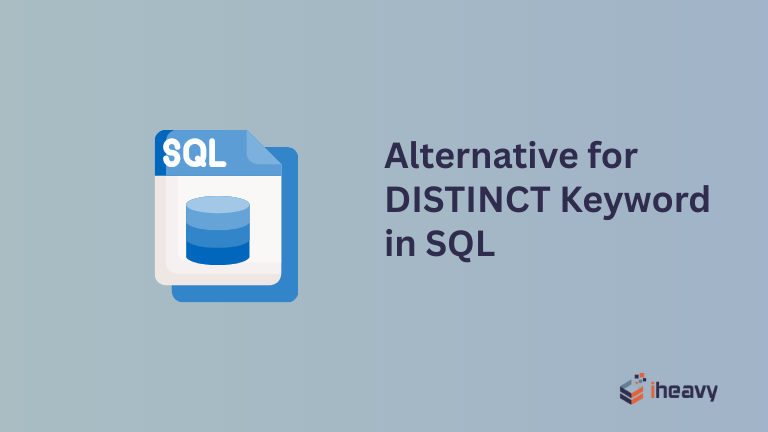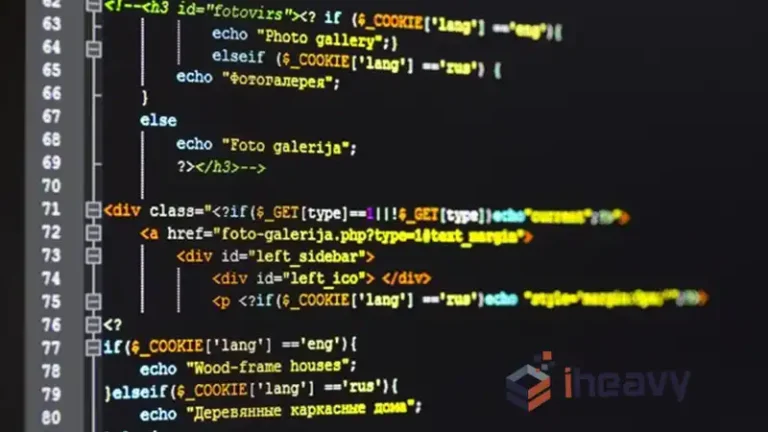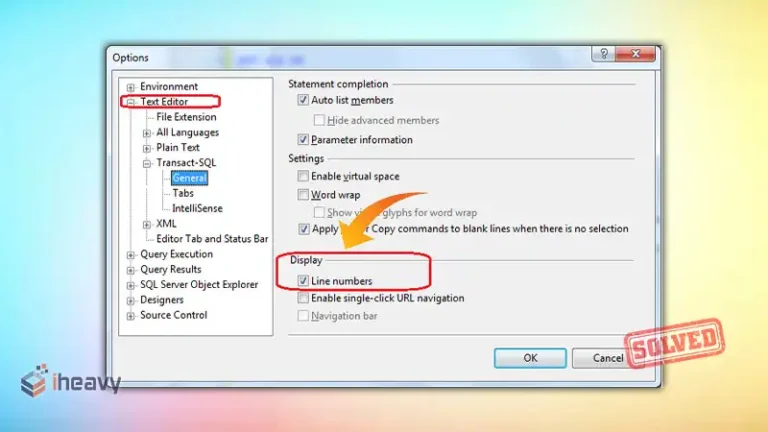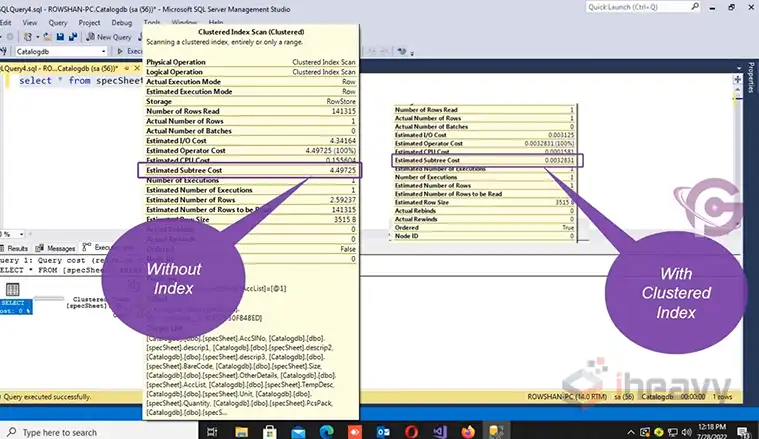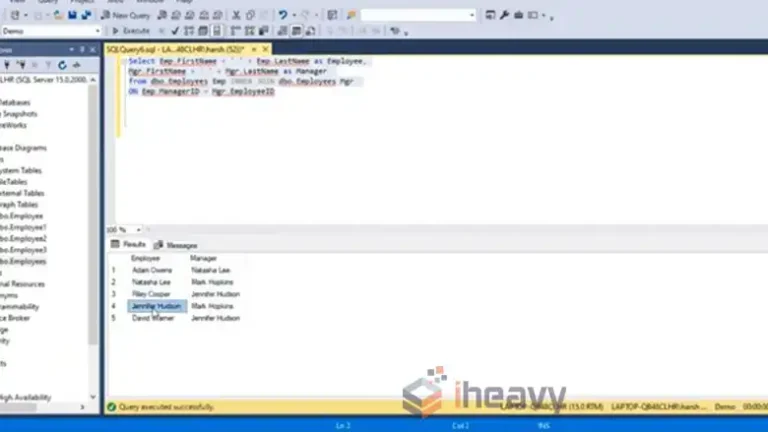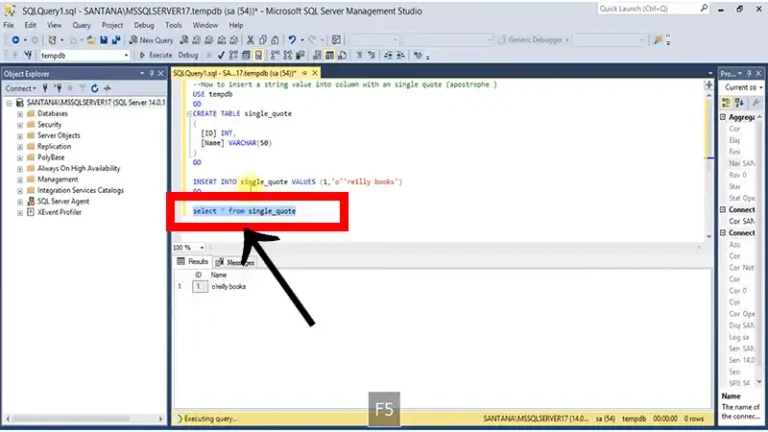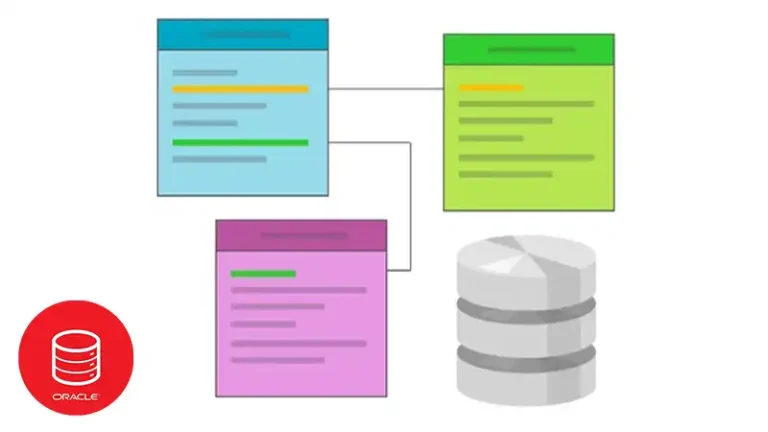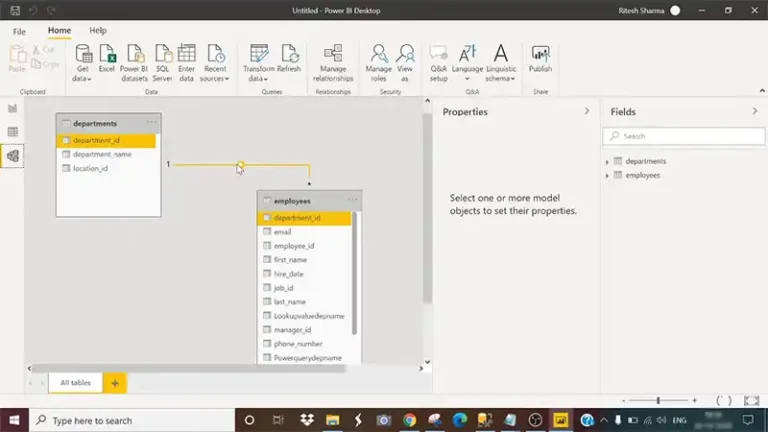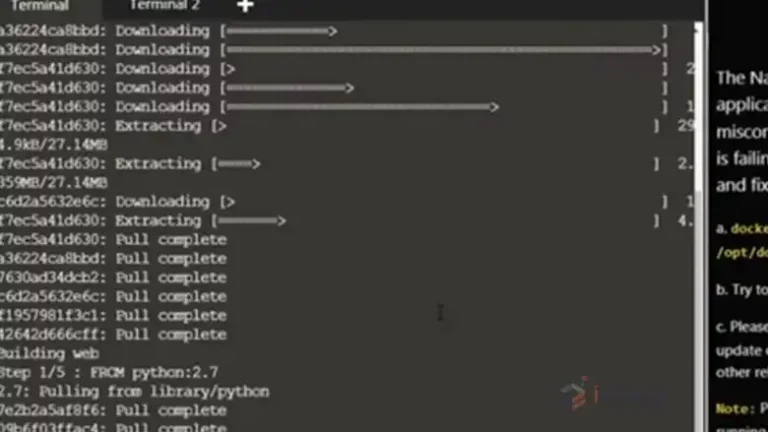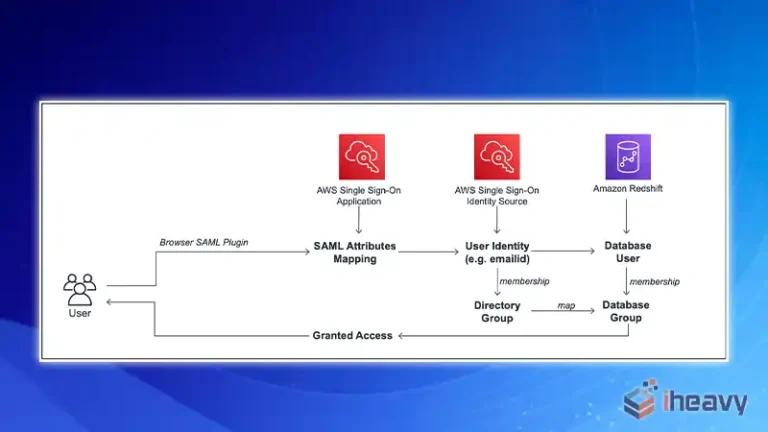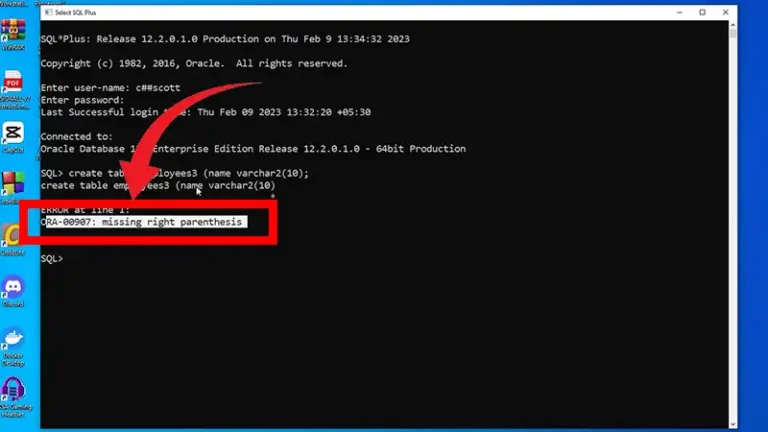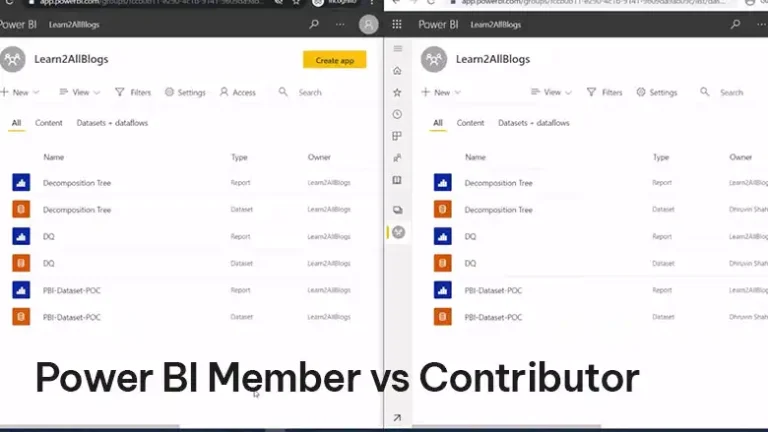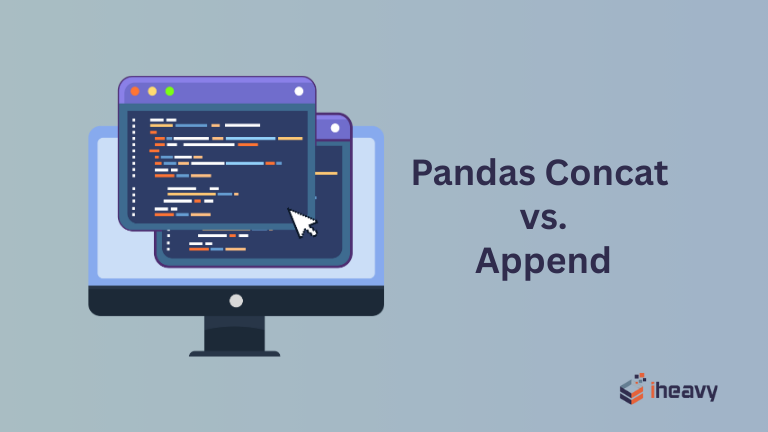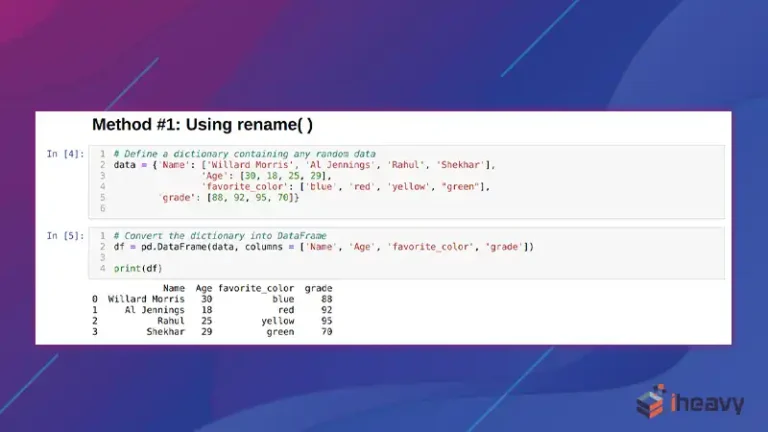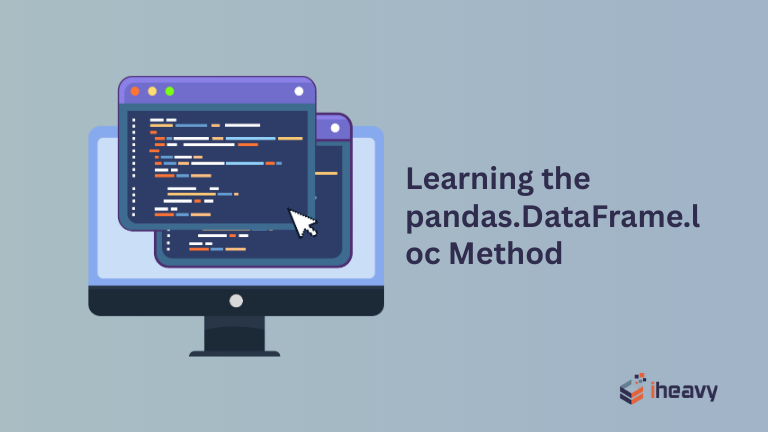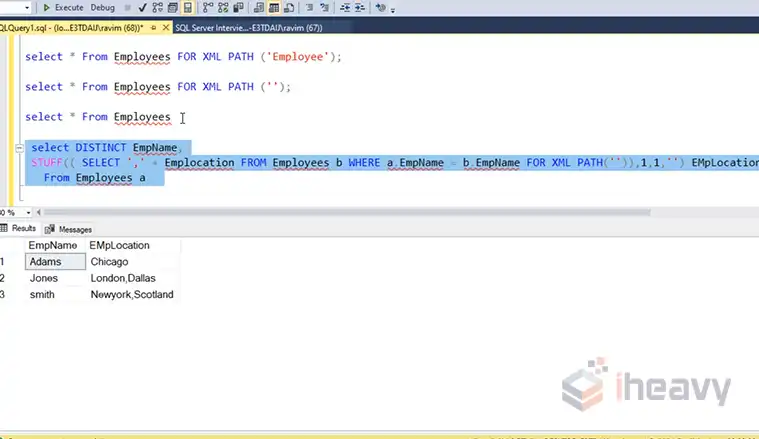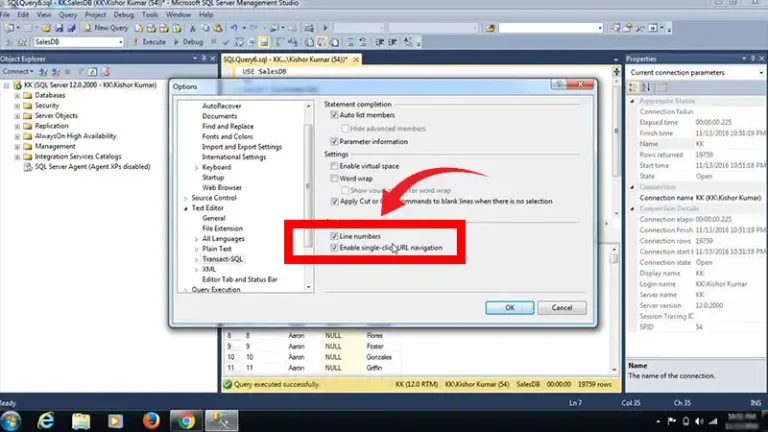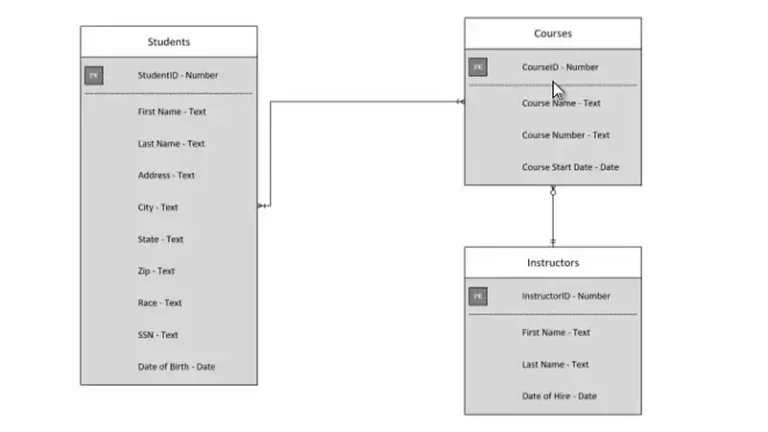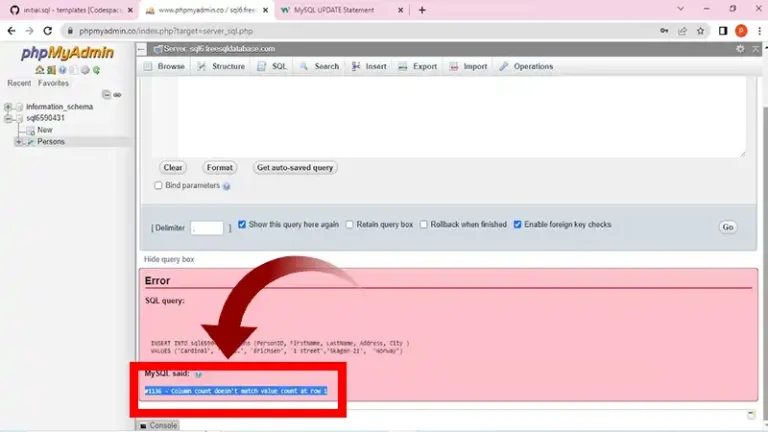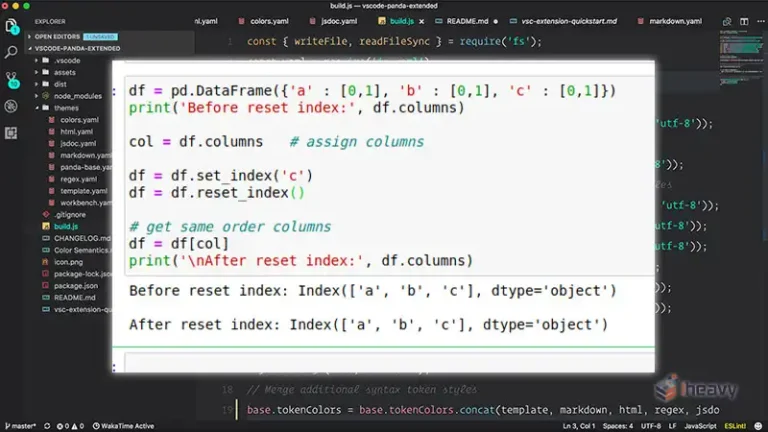Read Our Blogs
Encountering the MySQL error 1045, which states “Access denied for user ‘root’@’localhost'”,...
In SQL, the DISTINCT keyword is commonly used to remove duplicate records from query results. It ensures...
When installing SQL Developer, you may encounter the error message “Could not install some modules.”...
In SQL Server, dealing with large and complex scripts can become cumbersome without proper debugging...
Creating a clustered index in SQL Server is a fundamental step in optimizing the performance of your...
A self join is a join in which a table is joined with itself. This can be particularly useful when analyzing...
If you’ve ever dabbled in SQL, you might have encountered the challenge of inserting a single quote...
Oracle Database is a powerful tool used by many businesses to store and manage data. It helps keep information...
Power Query, a data manipulation tool integrated with Excel, enables users to perform various data transformations,...
The “docker command not found” error is a common issue encountered by users trying to run...
Amazon Redshift is a fully managed, petabyte-scale data warehouse service in the cloud. One essential...
The ORA-00907 error is a syntax error frequently encountered by users who manually write code. This error...
Power BI is an essential tool for organizations aiming to harness the power of their data through visualization...
Pandas is a powerful and flexible Python library widely used for data manipulation and analysis. Two...
Pandas is a powerful library for data manipulation and analysis in Python. One common operation is renaming...
The Pandas library is an essential tool for data manipulation and analysis in Python. One of the most...
When working with SQL Server, combining strings from multiple rows into a single string is a common requirement....
In maintaining data uniformity, the need to standardize the format often arises by adding leading zeros....
Designing an effective database schema for implementing a parent-child relationship is a critical aspect...
The column count doesn’t match error emerges when the number of columns specified in an SQL query’s...
Pandas is a powerful Python library for data manipulation and analysis. One common task is resetting...
